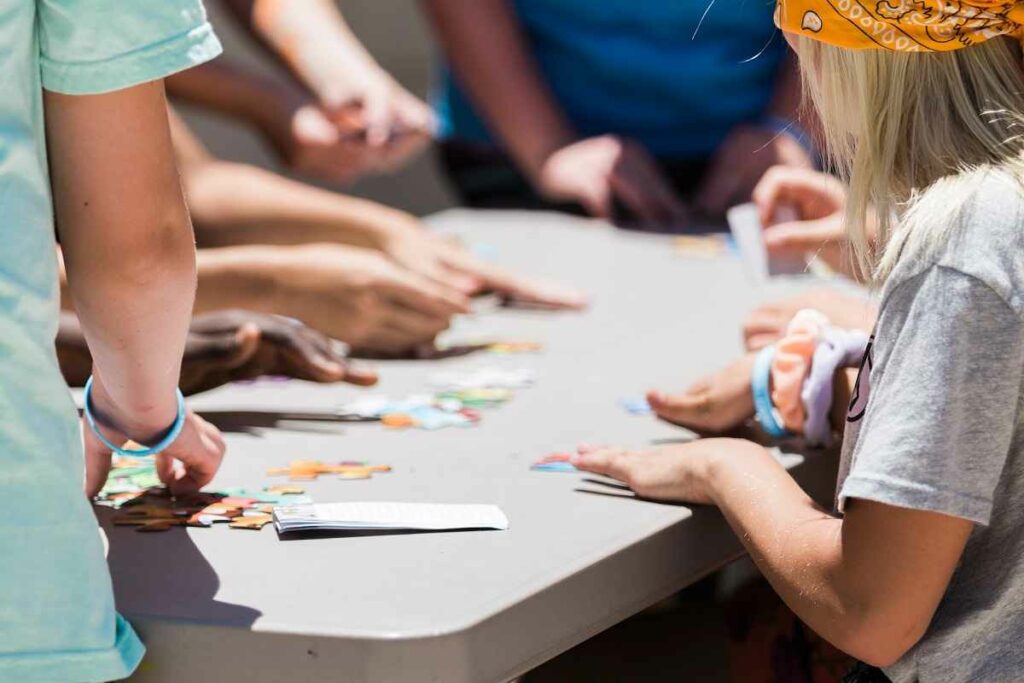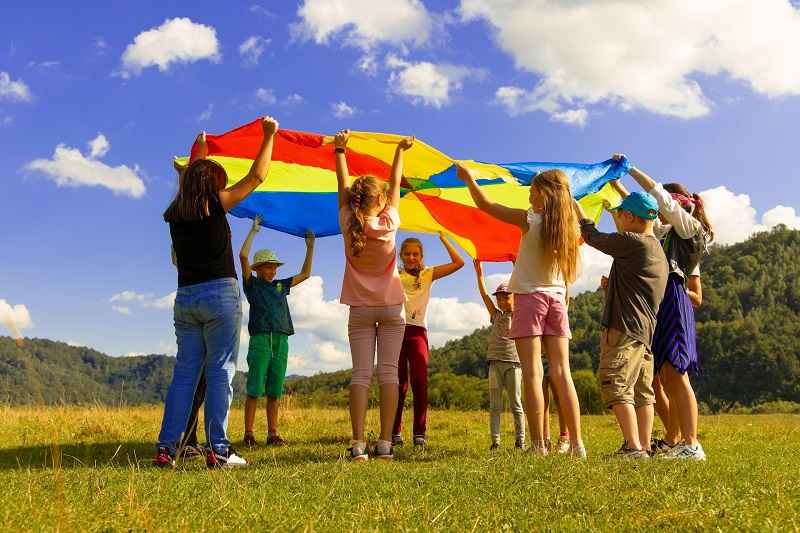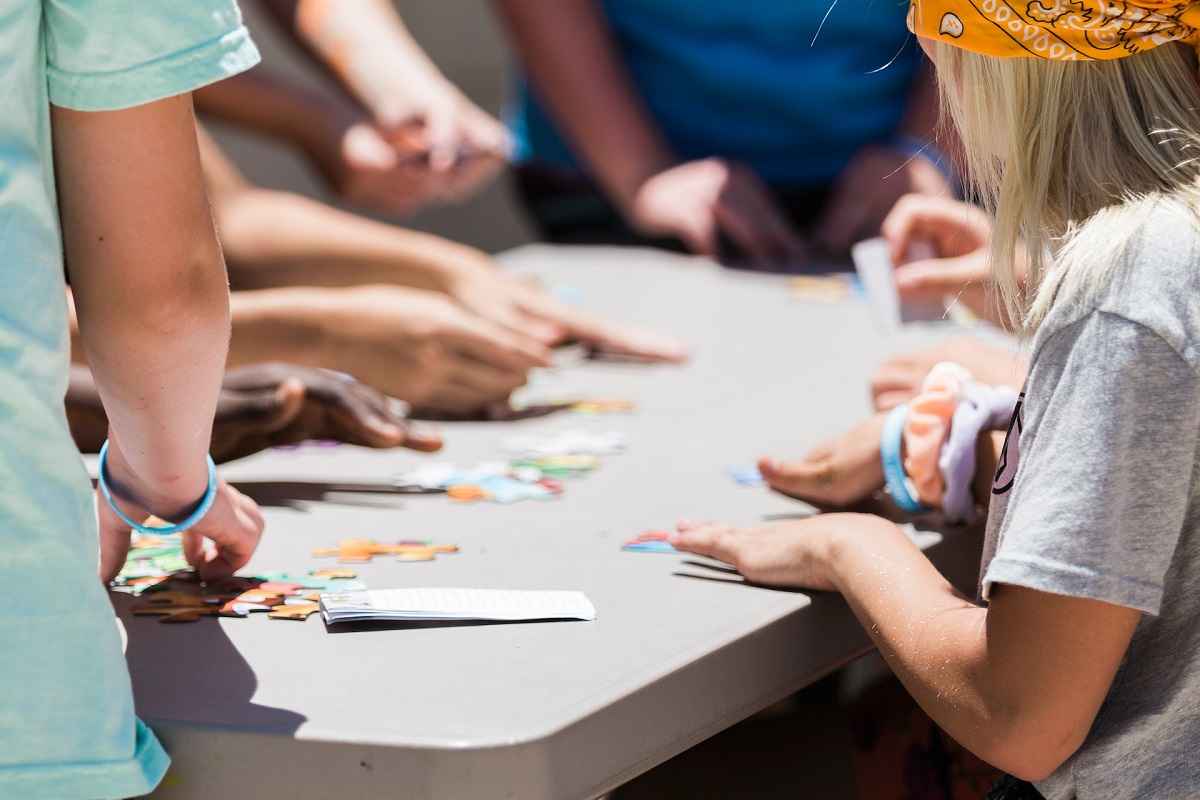Contrary to popular belief, the use of gamification is not only suitable for younger learners and simple subjects where the lack of mental connection can be problematic. If we take a look at an average engineering curriculum or a Biology project, the use of game-based learning can provide a different perspective on things. Fostering student engagement and improving cooperation for group projects, an element of the game provides the means for relaxation and creativity. Unlike static textbooks that place students within a set of rules, gamification can help implement analysis and evaluation during various practical tasks. It also assists educators as they can adjust things on the fly by addressing occurring needs and objectives.

Game-Based Learning: Fostering Student Engagement and Achievement
School Debates and Analysis Games
One of the best ways to add an element of the game to any complex task is to become engaged in school debates. The same is true for analytical games that may require formatting, writing, or editing aspects. It can be a project or a joint task where students may work in pairs. If it sounds problematic, one may pay for research paper and receive assistance with an outline or talk to an expert to determine how gamification can be added. Once you have another pair of eyes to check your objectives, you will come to a much better solution!
Talent Shows and Competitions
Most students these days will remember those happy days when the games like Wheel of Fortune were used during the lessons. It will work well for ESL learners or youngsters learning proper English mechanics. Now, it is also possible to host a drama lesson to create presentations or get creative with talent shows where basically anything can be presented. Depending on the age of the students and the primary objectives, it can be a historical depiction of certain events or a social problem discussed through music, visual arts, and storytelling tasks.

The Use of Smartboards
Another interesting solution is the use of interactive smartboards. Even if you do not have one available at your school, you should take time to explore the subject and see what kind of special financing can be approached. The best part about them is the flexibility and the set of resources and templates for group tasks. This way, you can design things, come up with innovative solutions, and add your ideas by handwriting or simply drawing them by using a sensor screen. Turning to the benefits of gamification in education, the use of smartboards is the best way to play various games and help students become engaged.
Field Studies and Exploring
As we all know, modern students tend to spend a lot of time in front of computers and smartphone screens. When it comes to gamification, it also involves technology and sitting in the classroom. The eyestrain and posture challenges become evident! As a way to address this problem, educators turn to field studies where smartphones are used as a video capture device (think of all the young bloggers!) or a tool to take special study notes. It helps to explore things while staying outside and learning how to master information beyond the classroom facilities. Starting with garden experiments to museum visits or social campaigns, it will always help keep students inspired!
The Problem of Emotional Bonding
With the emergence of virtual classrooms and remote learning, the problem of emotional attachment to the curriculum is a major challenge. As the teachers try to keep students attentive, it is easy to become confused and overly stressed. The only solution is to motivate remote learners by keeping them inspired. By approaching gamification during the learning process, educators can keep things entertaining to a certain degree. When a virtual team game is added to the lesson, everyone becomes involved, thus ensuring that no one is left behind. It also addresses the problem of emotional bonding, where the lack of focus and dealing with large volumes of information makes things challenging. Even if it’s a simple survey or a quiz, it allows students to participate and control how the lesson takes place. When it’s a joint approach to learning, it helps to tick all the major curriculum points.
































![The Apex Legends Digital Issue Is Now Live! Apex Legends - Change Audio Language Without Changing Text [Guide]](https://www.hawkdive.com/media/5-Basic-Tips-To-Get-Better-On-Apex-Legends-1-218x150.jpg)


